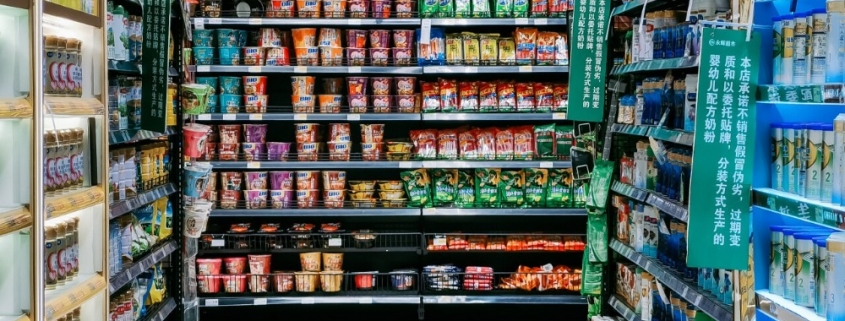Retail Supply Chain Software: A Comprehensive Guide to Streamlining Your Operations
As the retail industry continues to evolve and become more complex, supply chain management has become a critical factor in the success of any retail business. The use of retail supply chain software has become increasingly important. It is vital in managing the various moving parts of the supply chain, from sourcing and manufacturing to distribution and inventory management.
In this comprehensive guide, we will explore what retail supply chain software is and why it’s important. Additionally, we will discuss the key features you should look for when selecting a solution for your business. We’ll also provide tips for implementation and adoption.
What is Retail Supply Chain Software?
Retail supply chain software is a type of software that helps retailers manage and optimize their supply chain operations. It provides tools and features that enable businesses to streamline various processes. This includes sourcing and manufacturing to distribution and inventory management.
Why is Retail Supply Chain Software Important?
In today’s fast-paced and highly competitive retail industry, supply chain management has become a critical factor in the success of any business. Retail supply chain software helps businesses stay on top of their operations. This is by providing real-time visibility into inventory levels, order status, and other critical metrics. This enables businesses to make informed decisions, improve efficiency, and reduce costs.
Key Features of Retail Supply Chain Software
When evaluating, there are several key features to look for. Here are some of the most important ones:
Demand Forecasting and Planning
Demand forecasting and planning is the process of predicting future demand for a product or service. This allows for planning production and inventory accordingly. Retail supply chain software should provide tools and features that enable businesses to accurately forecast demand and plan production and inventory levels to meet that demand.
Order Management
Order management involves the process of receiving, processing, and fulfilling customer orders. The software should provide tools and features that enable businesses to manage customer orders efficiently and effectively.

Inventory Management
Inventory management involves the process of managing inventory levels and ensuring that the right products are available at the right time. The software should provide tools and features that enable businesses to manage inventory levels, track inventory movements, and optimize inventory levels to reduce costs and improve efficiency.
Warehouse Management
Warehouse management involves the process of managing the movement and storage of inventory in a warehouse or distribution center. The software should provide tools and features that enable businesses to manage warehouse operations efficiently and effectively.
Transportation Management
Transportation management involves the process of managing the movement of goods from one location to another. The software should provide tools and features that enable businesses to manage transportation operations, including carrier selection, routing, and tracking.
Supplier Management
Supplier management involves the process of managing relationships with suppliers and ensuring that they meet the business’s requirements for quality, delivery, and cost. The software should provide tools and features that enable businesses to manage supplier relationships, track supplier performance, and optimize supplier selection.
Analytics and Reporting
Analytics and reporting involve the process of analyzing data to identify trends, patterns, and insights that can be used to improve supply chain operations. The software should provide tools and features that enable businesses to collect, analyze, and report on data from across the supply chain, including inventory levels, order status, and transportation performance.
Tips for Implementing Retail Supply Chain Software
Implementing can be a complex and challenging process. Here are some tips for making the process as smooth and successful as possible:
Assess Your Business Needs
Before selecting a retail supply chain software solution, it’s important to assess your business needs and identify the features and functionality that are most important to your operations.
Choose the Right Software Provider
Choosing the right software provider is critical to the success of your implementation. Look for a provider with a track record of successful implementations and a strong commitment to customer support.
Train Your Employees
Training your employees is essential to ensuring that they can effectively use the new software. Make sure to provide comprehensive training and ongoing support.

Integrate Your Systems
Integrating your new retail supply chain software with your existing systems and processes is critical to achieving maximum benefit from the solution. Work closely with your software provider to ensure a smooth integration.
Monitor and Evaluate Performance
After implementation, it’s important to monitor and evaluate the performance of your new system to ensure that it’s delivering the expected benefits. Continuously evaluate and optimize your operations to achieve maximum efficiency and cost savings.
Conclusion
Retail supply chain software has become a critical tool for businesses looking to streamline their operations and achieve maximum efficiency and cost savings. By selecting the right software solution and implementing it effectively, retailers can gain real-time visibility into their supply chain operations, optimize inventory levels, and improve order fulfillment. Discover how OptimMerchandising App can be very beneficial for your retail business.


















